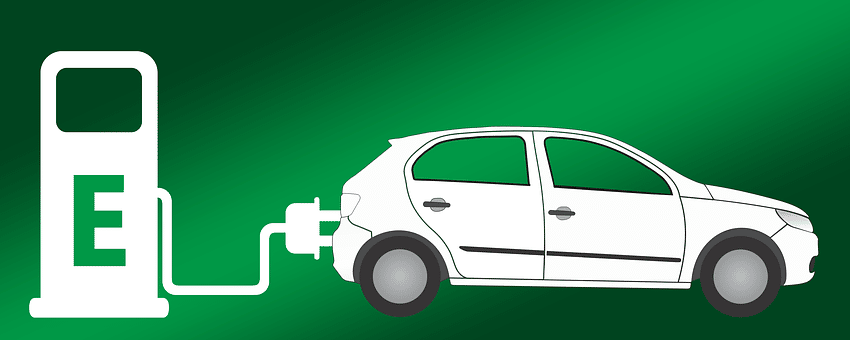New York Expands Fast Charging Incentive Program to Meet Electric Vehicle Goals

The New York Public Service Commission on March 19 adopted changes to its direct current fast-charging, or DCFC, infrastructure program to allow brand-specific proprietary plugs to qualify for incentives if the charging station also has commonly accepted standardized plug types. The program aims to provide an economic incentive to private sector actors to build out the infrastructure needed to meet the fast charging demands of the state’s zero-emission-vehicle goals.
The plugs must be capable of charging two vehicles at a time at high capacity charging speeds. Proprietary plugs such as Tesla Inc.’s Superchargers may qualify for the per-plug incentive where the station also makes available standardized plug types that can charge two vehicles simultaneously at 62.5 kilowatts or higher output.
The commission approved the initiative last February, allowing nearly 1,075 new, publicly accessible fast-charging plugs to qualify for annual incentives of up to 31.6 million. Last July, the commission made changes to the program to remove technology-specific references and allow all fast-charging plugs at new stations to avail an incentive if the station includes a standardized plug type of equal or greater charging capability as the propriety plugs installed.
Last February, the commission approved a program providing an annual declining per plug incentive to newly constructed direct current fast charging, or DCFC, station operators for about seven years, starting in 2019. The program paved the way for nearly 1,075 new, publicly accessible fast-charging plugs to qualify for annual incentives of up to 31.6 million. The incentive intended to encourage the new publicly-accessible DCFC facilities by addressing the short-term economic challenges of installing publicly available and affordable stations in the state’s nascent EV market.
Strategic deployment of DCFC stations is expected to address range anxiety, a major concern for potential EV buyers. These fast-charging stations can charge a long-range EV in 20 minutes as compared to 20 hours using a typical home charger, or four to eight hours using a level-two charger. As of March 10, the state had 1,604 level-two charging with a total of 4,498 plugs, of which, 126 are DCFC with 544 charging ports.
New York has a goal of increasing the number of EVs on the road to about 850,000 by 2025 and two million by 2030.
EnerKnol Pulses like this one are powered by the EnerKnol Platform—the first comprehensive database for real-time energy policy tracking. Sign up for a free trial below for access to key regulatory data and deep industry insights across the energy spectrum.
ACCESS FREE TRIAL


